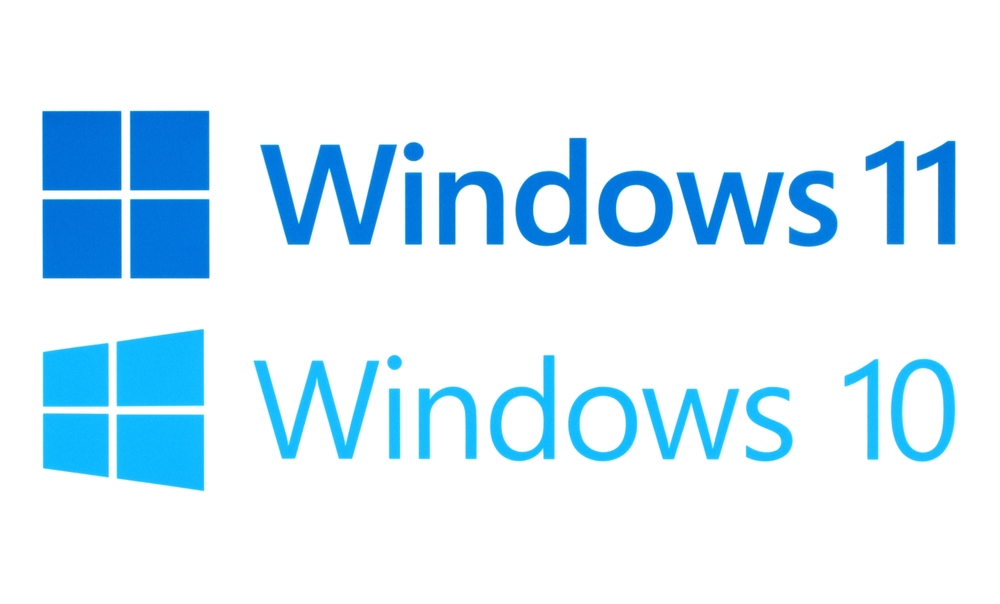Two years after the introduction of Windows 11, its OS market share still lags behind Windows 10. According to StatCounter, Windows 10 dominates the global Windows OS market with 71.64%, while Windows 11 holds a mere 23.61%.

Windows 10 maintains its lead in StatCounter’s analysis
StatCounter’s comprehensive analysis of Microsoft operating systems spanning two decades, encompassing versions 11, 10, 7, 8/8.1, and XP, confirms Windows 10’s dominance. Following Windows 10 and Windows 11, Windows 7 holds a market share of 3.34%, Windows 8.1 with 0.61%, and Windows 8 and Windows XP share a modest 0.35% position.
Windows 11 lags despite being the second most popular
While Windows 11 currently stands as the second most popular Windows OS, its adoption rate falls short of Windows 10’s trajectory. It’s worth noting that two years after its 2015 release, Windows 10 commanded 32.84% of the market, a 10% advantage over Windows 11 today.
Mixed user reviews contribute to Windows 11’s market share
The primary reason for Windows 11’s limited market share is its polarizing reception among users. Upon its initial release, this OS faced criticism for its revamped Start menu and taskbar, which sacrificed some of Windows 10’s functionality. Complaints also arose about increased system requirements, particularly the need for a compatible Trusted Platform Module (TPM), though workarounds exist for TPM-less machines, notes NIX Solutions.
Despite boasting more features than Windows 10, including the introduction of Copilot, an AI tool built upon the Bing chatbot, widgets, and full DirectStorage support, many PC users still prefer the familiarity of the old Windows 10 interface.
